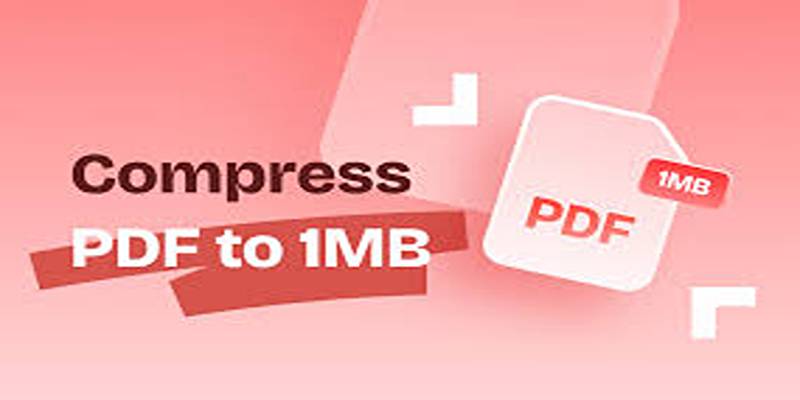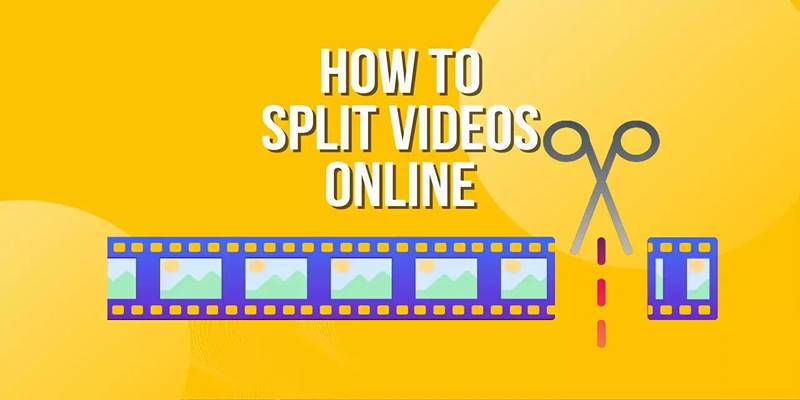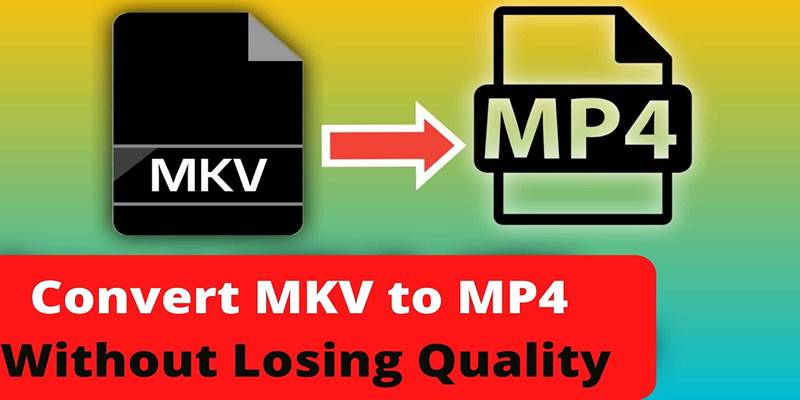Building a Winning Facebook Ad Strategy
For businesses that want to strike their target audience along with raising brand visibility and generating sales Facebook ad strategies become important. Facebook provides businesses with an influential marketplace through its billions of active users enabling advertising functions which specifically allows businesses to select target groups by demographics interests and behavioral patterns. This article presents an extensive guideline for establishing successful Facebook ads through best practices together with SEO fundamentals.
1. Define Your Target Audience
- A successful Facebook advertising strategy starts with clearly identifying your intended audience. Users can target Facebook advertising to their desired audience through numerous parameters available on the platform.
- Your audience should match people located in designated cities or regions.
- The audience demographics should focus on a particular age segment that matches your business offering.
- Facebook users who display interest in features associated with your business become your targeted audience.
- Facebook advertising allows businesses to target users based on their educational background, marital status, and other demographic information.
Building Custom Audiences
With Custom Audiences marketers possess a key tool to reach users who already know your business. Facebook offers three groups of custom audiences which include former customers alongside website visitors and Facebook page engagement participants. Facebook Pixel enables tracking of user interactions so businesses can show appropriate ads to retarget these users.
Creating Lookalike Audiences
The Facebook ad option called Lookalike Audience helps advertisers reach new users who demonstrate similar characteristics to their existing customer base. The targeting method works perfectly for both awareness and prospecting efforts because it enables you to reach potential individuals who might show interest in what you offer.
2. Choose the Right Ad Objective

Facebook enables users to create ads through six different objectives.
Your brand introduction along with increased reach should be a priority when using this objective.
- Traffic: Drive traffic to your website.
- Engagement: Encourage interactions with your brand.
- Leads: Collect high-quality leads.
- App Promotion: Promote app installations.
- The target audience will develop into potential buyers for sales objectives.
Your ad purposes determine the type of promotional material you need and determine whether you will use instant forms as a lead generation method.
3. Design Compelling Ad Creatives
The success of your advertising material depends heavily on capturing user interest among viewers. To design successful Facebook advertisements follow these suggestions:
The images or videos should maintain high quality standards and effectively reflect your brand content. Videos are the most effective ad type for demonstrating products during active use.
Aesthetic appeal in your advertising content will prevent viewers from noticing it as a standard promotional commercial.
Utilize a distinct Call-to-Action that directs viewers to take action through clicking.
Social Proof strategies work through the integration of client recommendations which help users develop trusted relationships.
Best Practices for Ad Design
A clutter-free design with one direct message represents the best approach.
Bright visual colors provide your ad with better visibility among Feed contents.
Your ads must demonstrate excellence on mobile phones since Facebook users primarily access its platform through mobile devices.
4. Optimize Your Ad Copy

Each ad description must focus on presenting the advantages of your products to potential customers. Efficient strategies for building effective ad description content include the following elements:
A straightforward message that is easy to understand should become the foundation of your description.
The careful addition of special characters and numerals may draw viewers toward your copy, but you should utilize these elements modestly.
When you add suitable keywords your ads will appear more often in searches and related content.
Crafting Compelling Headlines
- State the main point directly in your ad.
- Users engaged through questions that make them process their requirements.
- Start your message by showing users the advantages your product delivers to them.
5. Integrate SEO Principles
The combination of SEO methodologies inside your Facebook advertisement increases both its search relevance and visibility on the platform although it does not influence your Google rankings.
Your audience's search phrases require analysis for keyword selection that must appear throughout your advertisement message.
Your lead magnets should achieve maximum effectiveness by receiving proper optimization for the keywords you have selected.
How SEO Enhances Ad Performance
- Relevance: Using relevant keywords ensures your ads are shown to users who are more likely to be interested.
- Consistency: Consistent messaging across platforms helps build brand recognition and trust.
6. Set Up a Lead Generation Campaign
For businesses focusing on lead generation, here's how to set up a Facebook Lead Ads campaign:
- Create a New Campaign: Choose 'Lead Generation' as your campaign objective in Facebook Ads Manager.
- Define Audience and Budget: Specify your target audience, budget, and campaign schedule.
- Design Your Ad: Use engaging visuals and compelling copy to convey value.
- Customize Lead Forms: Tailor forms to capture necessary information while keeping them concise.
- Track and Optimize: Monitor campaign performance and make adjustments for better results.
Tips for Effective Lead Forms
- Keep it Short: Only ask for necessary information to reduce friction.
- Use Auto-Fill: Allow users to auto-fill forms with their Facebook information.
- Clear CTAs: Use clear and direct CTAs to encourage form submissions.
7. Test and Optimize Ad Variations
With Facebook advertising, it’s important to test various ad variations to determine the best performing ad regarding audience targeting:
Ad Creative Variations: Try some variations of the ad image, video or ad format.
Test different CTAs, headlines, or descriptions.
Targeting Parameters: Change the targeting parameters to see what works best.
A/B Testing Strategies
- Test One Variable at a Time: Perform tests by changing one element at a time to ascertain its effect.
- Compare Test Results to a Control Group: Test results can be compared to a control group to determine effectiveness.
- Monitor and check ad performance metrics to find winning variations.
8. Leverage Facebook Ads Manager
Probably the most powerful tool in Facebook Ads Manager is for managing and or optimizing your ad campaign.
Collect ad performance data in real time.
Ad Performance: Adjust ad performance based on budgets allocated.
Targeting Strategy: Use data to refine your targeting strategy.
Features of Facebook Ads Manager
- Campaign Structure: Group campaigns based on objective, ad set, and ad.
- Budget Optimization: Puts budget to top performing ads.
- Detailed Reports: Campaign performance is evaluated through the use of detailed reports.
9. Boost Organic Posts
Additionally, you should boost your running organic posts that are successful.
Boosting an engaged post to increase people engaging with that post and reach.
Promotional Posts: Boost posts to promote offers or events.
Benefits of Boosting Posts
- More Reach: Give more reach to your users, out of your existing followers.
- Less expensive than creating new ads:
- Use existing engagement to establish credibility with Social Proof.
10. Match to your Overall Marketing Strategy
Make sure your Facebook ad strategy actually helps to move the ball forward towards your overarching marketing goals.
Consistency: Consistency plays a major role when it comes to ads for a brand.
Facebook for Sales Funnel:
Facebook Ads in Your Marketing Mix
- This stage is Awareness stage and getting your brand introduced to potential customers through Facebook ads.
- Target Stage: Target users who’ve already shown the interest in your products or services.
- Focusing on driving sales or lead generation at the conversion stage.
Conclusion
A successful Facebook ad strategy entails an understanding of your target audience, good ad creatives, and SEO backed relevance. Testing various ad variations, optimizing your campaigns, and staying synchronized to how you will get there in general, can get you to maximize your ROI and hit your business objectives on Facebook.
On this page
1. Define Your Target Audience Building Custom Audiences Creating Lookalike Audiences 2. Choose the Right Ad Objective 3. Design Compelling Ad Creatives Best Practices for Ad Design 4. Optimize Your Ad Copy Crafting Compelling Headlines 5. Integrate SEO Principles How SEO Enhances Ad Performance 6. Set Up a Lead Generation Campaign Tips for Effective Lead Forms 7. Test and Optimize Ad Variations A/B Testing Strategies 8. Leverage Facebook Ads Manager Features of Facebook Ads Manager 9. Boost Organic Posts Benefits of Boosting Posts 10. Match to your Overall Marketing Strategy Facebook Ads in Your Marketing Mix ConclusionRelated Articles

Best 5 File Encryption Tools to Keep Personal Data Safe and Private

Compress PDF Files Under 1MB While Maintaining High Visual Quality

4 Trello Calendar Views to Help Visualize Your Projects Effectively

Free Cam Review and Its Best Screen Recorder Alternatives

Free Online Tool to Split and Trim MP4 Videos Without Any Downloads

The 9 best AI recruiting tools

Product roadmaps

Disabling Notifications in Chrome: A Quick Guide

SkedPal vs. Motion: A Detailed Comparison to Find Your Perfect Scheduling App

Top 5 AI Cartoon Video Generators for Engaging Animations

Choosing the Right Tool: The 6 Best Predictive Analytics Software Options

 knacksnews
knacksnews